Last week I had the pleasure of participate to IBM PartyCloud, an interesting initiative coming from IBM, oriented to “learn by lab” how can use IBM Cloud platform starting from 4 important use cases: Blockchian, AI, Robotic Process Automation, Gaming. Let me say that the event was focused on developers, but in this post I’d like extend the IBM Cloud vision to all the IT folks.
In fact, more and more IT companies are moving from “boxed” data storage into a full stack solution to handle data life-cycle regardless the physical location. IBM cloud is an integrated cloud solutions that is focused on handling computing network and data, analytics or “simply” solving platform complexities to start your business without taking care about the underline infrastructure problems. Let’s see in-depth
A quick look to IBM Cloud
IBM Cloud is a very powerful cloud platform that embrace the concept of X as a service. Thinking this service oriented exclusively to infrastructure guys or developers people without interactions and integrations is a big mistake! IBMCloud is a set of products that claims to solve all IT needs: from infrastructure to software as a service.
In fact, taking it’s IaaS declination, the need of the companies doesn’t end with DR, Hybrid or Full cloud infrastructure. The major part of the companies will find more profitable use other declinations according to the business needs. It’s not weird find a company application composed by VPS to deliver frontend and business logic, and a big DB as a service to store primary data.
If you have a vSphere based infrastructure and you want to expand your infrastructure probably you’re evaluating a cloud solution. In the hybrid cloud scenario near performances and resiliency, the other winning choice is the governance: every companies wants govern on-premise and in cloud workload in a “single pane of glass” and without changing operators skill.
Another opportunity with IBM Cloud is the offering of other cloud services, like Network and Storage, Database, Security, Analytics, IoT, Blockchain and managed solutions.
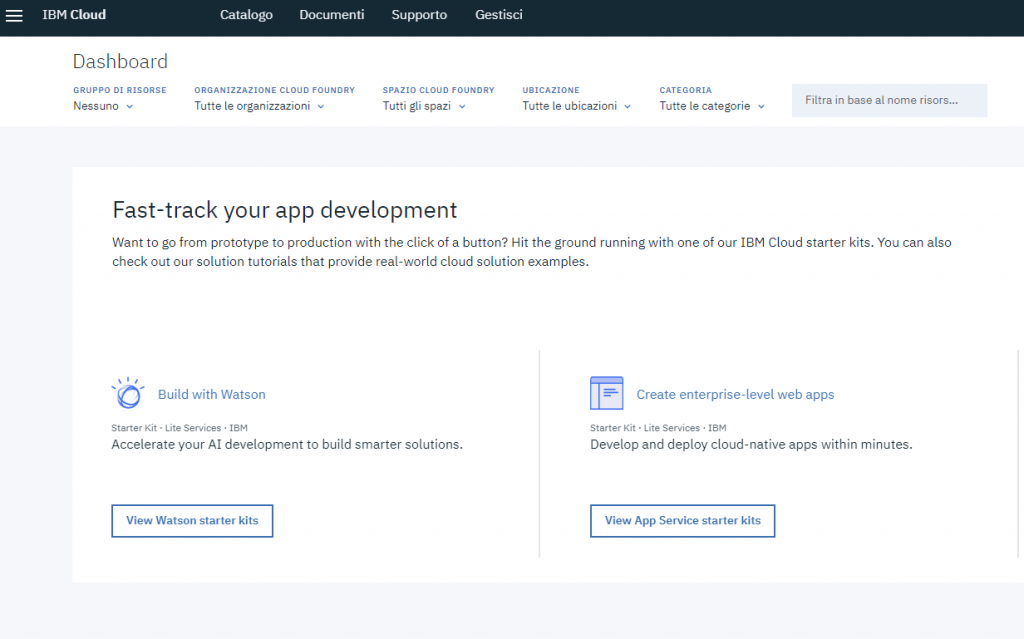
After login, the dashboard presents some fast-track solutions to accelerate the development of cloud native applications.
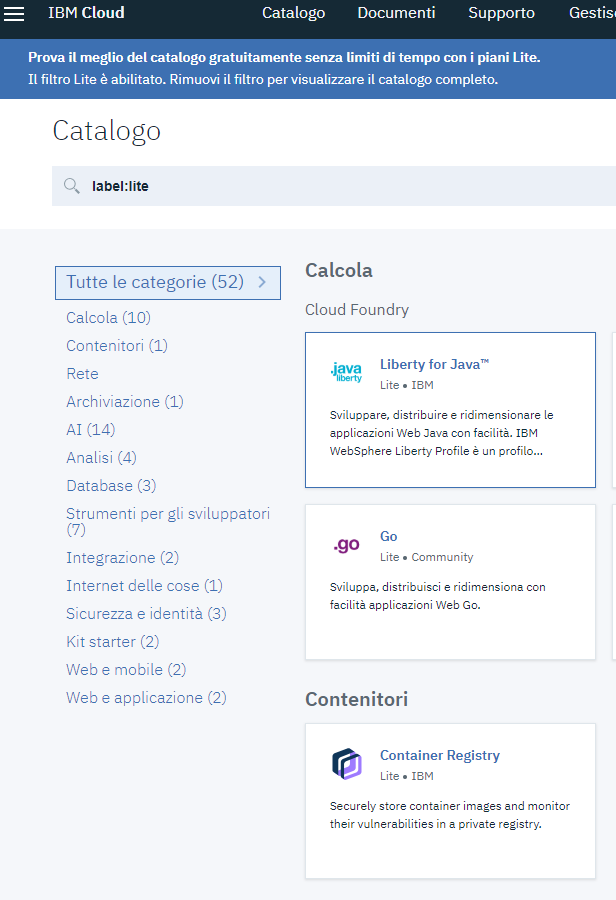
Giving a look into IBM Cloud catalog, the “lite version” seems oriented to developers… but removing the filter a huge list of products will fill entirely your monitor. Obviously lite catalog represents the “free” tier of products which are availble after registration process. Providing the credit card payment, will unlock the ability to start all products and receive a started credit of 200$ free of charge.
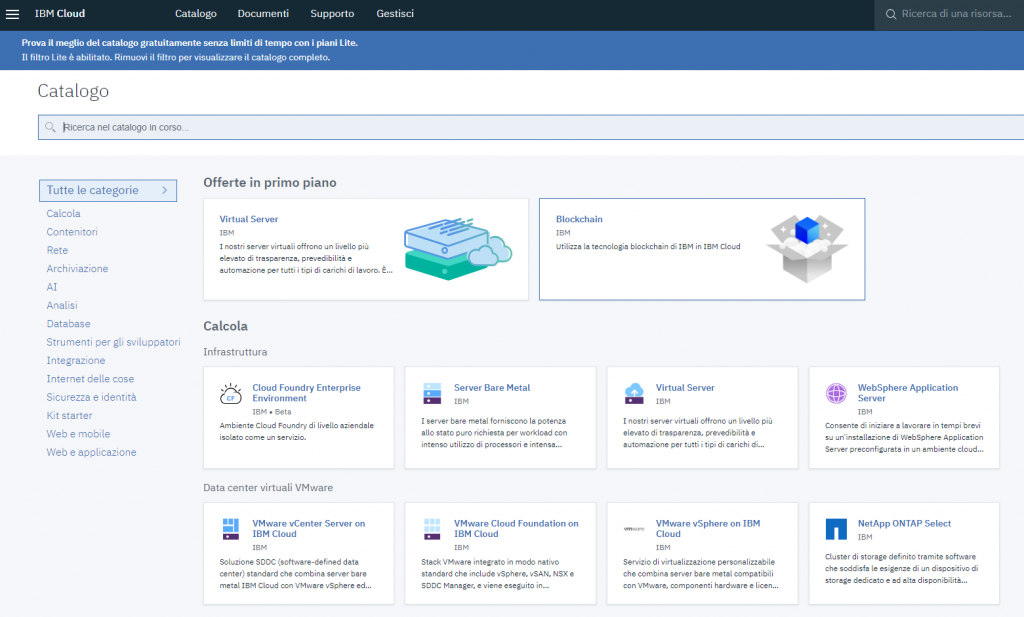
A “fun fact” is the presence of other vendor technologies like Netapp, Fortigate and F5, etc in the same marketplace: a clear signal that IBM Cloud first of all is a solution provider. IMHO this represent a “good card” to play with big cloud competitors.
I started with a PaaS test using php application, and I noticed the deep integration and interaction with CI/CD pipelines.
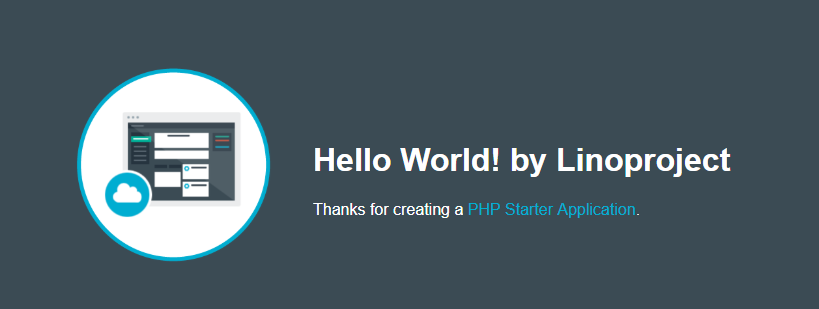
The integration with other objects like DBs or Machine Learing instances is the added valued of this cloud platform.
Hybrid opportunities with IBM Cloud
Near hands on code and attending some interesting speeches I got the pleasure to speak informally with some IBM staff people about the underline technology. Because it wasn’t an interview, here I want share only my point of view and the possibilities offered for customers which are looking into hybrid model based on VMware vSphere technology.
Public and hybrid cloud models are the new ways to start or improve data center, cutting upfront costs and ensuring SLAs. Form many year VMware worked into a SDDC changing the old “silo” IT culture introducing many concepts like resource pool, tenants and tier and building block. This new vision gains the name of “private cloud”, because behaviors and consumptions methods are similar to what happens in a public cloud provider.
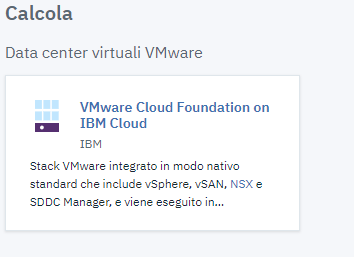
Companies needs are changing and people are looking into hybrid cloud solution as a new freedom and an easy way to extend capacity and performances of their datacenter. For this reason the availability of SDN and SDS and are the mandatory technologies which unlock the scale-into-cloud for old and new applications. Focusing on network (the principal gap to overcome for cloud integration) IBM Cloud comes with IaaS solution based on NSX: this enables a “nice and big” transport zone that extends (with security) your on-premise applications to cloud infrastructures.
Cloud native application represent the next challenge in hybrid cloud. In fact more and more application are running across distributed develpement pipelines and in the same time a in a bunch of distributed containers. Often an application delivery starts on-premise and is extended in cloud when it needs (depending on the instant usage). IBM Cloud with Bluemix was an innovative platform as a service, that introduced a different working model for developers and operation guys. During next years the presence of Kubernetes is now the must you have to being aligned with market needs because it represent the new foundation for last generation applications. IBM Cloud is following this way delivering containers and orchestrators and more: it provides a preconfigured solutions for many developers needs like blockchain and IoT.
Wrap up
I would consider IBM Cloud a positive change of step in IBM “house”. After many years I see a revolution inside this company that claims to become an interesting cloud solution for Enterprise and new companies.
In the next months I’ll continue my tests but in the meantime I suggest to give a try simply registering an account for free here.

[…] https://blog.linoproject.net/ibm-partycloud-at-milan-codelab-meetups-and-learning-moments/ […]
[…] https://blog.linoproject.net/ibm-partycloud-at-milan-codelab-meetups-and-learning-moments/ […]
[…] https://blog.linoproject.net/ibm-partycloud-at-milan-codelab-meetups-and-learning-moments/ […]